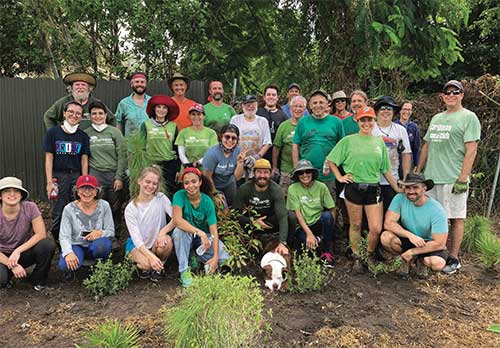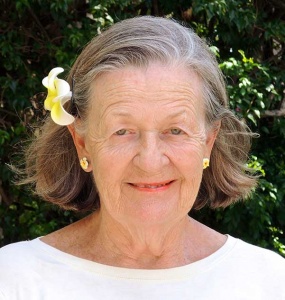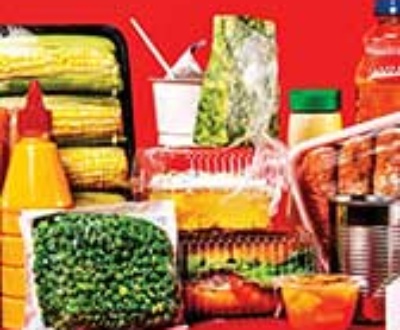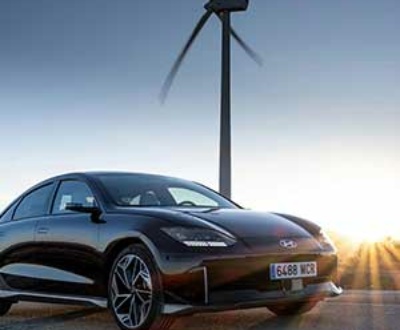How can it be December? The year has just sped by! The best thing about now, unlike this time last year or this summer, is that Covid is down and you can get out and enjoy events.
Biodiversity and Conservation

Image of Pine Rockland Forest. Photo By Lydia Cuni of Fairchild Tropical Garden
This month I want to talk about biodiversity. Biodiversity refers to the variety of living species on Earth, including plants, animals, bacteria, fungi, and humans. Scientists estimate that there are 8.7 million species of plants and animals in existence, but they have only identified 1.2 million of them. Once organisms have evolved to the point where they are so different from each other that they cannot reproduce with each other they are considered a different species.
So why does biodiversity matter to us humans??? Well because it’s the diversity of all the plants and animals that actually make the planet function. They ensure that we have oxygen in the air and fertile soils. Lose too many players in an ecosystem and it will stop working.
The Planet’s Biodiversity Is Diminishing
Unfortunately, the world’s wildlife populations have plummeted by more than two-thirds since 1970 (TheGuardian 10/14). The US Geological Survey has done a study that shows that you cannot have sustainable, productive ecosystems without maintaining biodiversity in the landscape. Reduced species can lead to reduced capacity of an ecosystem’s ability to respond to additional stresses. Less diversity, less resilience.
There are five key drivers of biodiversity loss: changes in land and sea use, exploitation of natural resources, climate change, pollution, and invasion of exotic species.
Remember in 1937, two-thirds of the planet was wilderness, now 75% of the earth’s land surface has been significantly altered by human actions and about 66% of the marine environment has been changed as well. So the first question is where are all the other creatures supposed to go!! When it comes to using up natural resources think of mining and drilling but also think of water—all the pumping of groundwater that we don’t see or think about.
Climate Change And The Biodiversity Crisis Are Interconnected
Until now habitat destruction and resource extraction have been the main drivers of biodiversity loss. But now, “this is likely to change over the coming decades as the climate crisis dismantles ecosystems in unpredictable and dramatic ways, according to a review paper published by the Royal Society” (TheGuardian 10/14). Did you get that?
Dismantle ecosystems??? Scary.
Connect To Protect
Right here in Miami Dade County, we have one of the world’s most endangered habitats that you can help to survive!!! These are our remaining Pine Rocklands. What are these?
Towering Slash Pine Trees overtop a mix of Saw Palmettos, Beautyberry, Locust berry, other palms, and a rich diversity of small herbaceous plants. You’ve seen this mix of plants, I know I have, traveling up and down I-75, although not so much lately as development spreads. They are called Pine Rocklands because they develop on rocky outcrops like the Miami Rock Ridge which extends from downtown Miami to the Everglades.
Pine Rocklands once covered 185,000 acres in Miami Dade County and now we have just fragments, only 2% of it is left. And, that’s what the Fairchild Gardens Connect To Protect program is all about. Pine Rocklands contain over 400 native plant species, 20%, of which, are found here and nowhere else in the world. Rare animal species also inhabit the Pine Rocklands.
The Connect To Protect program is all about volunteering to plant native plants in your yard in hopes that if enough “citizen scientists” sign up, it can create a bridge for the bees, butterflies, and birds to travel between the remaining Pine Rockland fragments.
If you’d like to help it’s really easy. You have to be in Miami Dade or Monroe County, have an email address, and agree to not overuse fertilizers and maintain a pesticide-free environment for the five free Pine Rockland plants you receive in your Pine Rockland Starter Kit. You also get a free yard sign identifying you as part of the Connect To Protect network. To join simply email your name, address, and telephone number to ConnectToProtect@ fairchildgarden.org.
TREEmendous MIAMI

TREEmendous Miami Volunteers at the site. Photo By Ron Weeks
Another opportunity to help is the plot of land about 150 yards east of US 1 on SW 90th Street in Pinecrest that my friend, Steve Pearson, and TREEmendous Miami are working to restore to a Pine Rockland. To help with the project, the City of Pinecrest is burying the utility lines on the site. The site has been divided into seven sections, with the first section already planted with slash pines, saw palmetto, locust berry, lantana depressa, and other natives.
You can help as much or as little as you would like, it’s all-volunteer. Just email treemendousmiami@gmail.com with your name, email, and phone number.
Eventually, the plan is to plant the site with other natives like Pineland Croton, Deering Partridge Pea, Florida Silver Palm, Coral Bean, Wild Sage, Pineland strong bark, and more.
About the Author

Linda Lawrence Waldron currently writes the Green Gables column in Gables Living Magazine. Linda was Chairman of the Garden Club's Coral Gables Library Butterfly Garden Committee.
Sign up here for email notifications about new Green Gables articles!
More from our blogs
See all postsRecent Posts
- April 2023 April 1, 2024
- Good News on Environmental Plastics February 1, 2024
- Material World / Plant World January 1, 2024
Leave a Comment cancel
This site uses Akismet to reduce spam. Learn how your comment data is processed.









